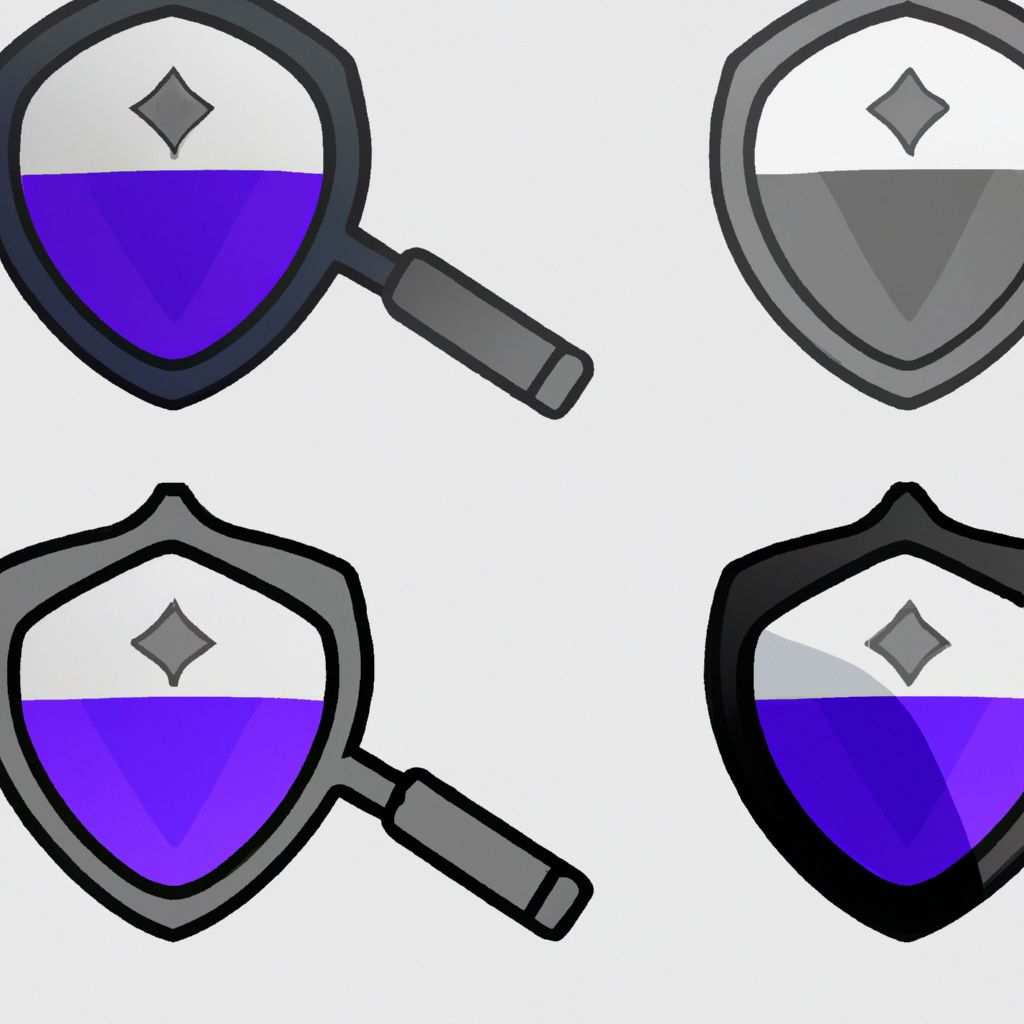Protecting digital assets requires a multi-faceted approach, and security testing lies at the heart of any effective cybersecurity strategy. It's not a single technique but rather an umbrella term encompassing various methods designed to identify and mitigate vulnerabilities in software, systems, and networks. Understanding these different security testing methods is crucial for selecting the right tools and techniques to build a robust defense.
This article explores some of the key security testing methods used today.
1. Vulnerability Scanning
- What it is: Automated process using specialized tools to scan systems, networks, or applications for known vulnerabilities. Scanners maintain databases of vulnerability signatures, configuration weaknesses, and missing patches.
- How it works: The scanner probes targets and compares findings against its database.
- Pros: Fast, broad coverage for known issues, good for regular checks and compliance.
- Cons: Can generate false positives, primarily finds known vulnerabilities, limited depth, doesn't typically exploit vulnerabilities to confirm impact.
- Best for: Quick identification of common weaknesses, patch management verification, initial risk assessment.
2. Static Application Security Testing (SAST)
- What it is: Analyzes application source code, bytecode, or binary files for security flaws without executing the application ("white-box" testing).
- How it works: SAST tools parse the code, build a model, and apply rule sets to identify potential vulnerabilities like SQL injection flaws, buffer overflows, or insecure coding practices.
- Pros: Can be integrated early in the SDLC ("shift left"), pinpoints exact code locations, finds vulnerabilities before deployment.
- Cons: Can have higher false positive rates, doesn't understand runtime context or environment configuration, language-dependent.
- Best for: Finding coding errors early, enforcing secure coding standards, integrating into CI/CD pipelines.
3. Dynamic Application Security Testing (DAST)
- What it is: Tests a running application by interacting with it from the outside, typically via web protocols (HTTP/S), simulating how an attacker would probe it ("black-box" testing).
- How it works: DAST tools crawl the application to map its structure and then send malicious or malformed requests to identify vulnerabilities like XSS, SQL injection, or server misconfigurations by analyzing the application's responses.
- Pros: Finds runtime and environment-specific issues, language/framework agnostic, simulates real-world attack vectors, often lower false positives for confirmed exploits.
- Cons: Requires a running application (later in SDLC), cannot pinpoint code location, may miss vulnerabilities not exposed externally, can be slow.
- Best for: Testing deployed applications, finding configuration errors, simulating external attacks.
4. Interactive Application Security Testing (IAST)
- What it is: Combines elements of SAST and DAST. It typically uses agents or instrumentation within the running application during functional testing to analyze code execution and data flow in real-time. ("grey-box" testing).
- How it works: As the application runs (often during automated functional tests), the IAST agent observes operations, tracks data flow, and identifies vulnerabilities as they are triggered.
- Pros: Provides context from running application (like DAST) and code-level insight (like SAST), lower false positives, pinpoints code location, integrates with QA testing.
- Cons: Can introduce performance overhead, requires instrumentation, may not cover all code paths if functional tests are incomplete.
- Best for: Integrating security testing into QA cycles, getting real-time feedback during testing, verifying SAST findings.
5. Software Composition Analysis (SCA)
- What it is: Identifies open-source and third-party components used within an application and checks them against databases of known vulnerabilities (e.g., CVEs). Also checks for license compliance issues.
- How it works: SCA tools scan package manager files (like
package.json,pom.xml), binaries, or source code to create a Bill of Materials (BOM) and compare it against vulnerability databases. - Pros: Addresses risks from third-party code (often a large part of modern apps), helps manage licenses, integrates into build processes.
- Cons: Only finds known vulnerabilities in cataloged components.
- Best for: Managing supply chain risk, ensuring compliance, identifying vulnerable dependencies.
6. Penetration Testing (Pen Testing)
- What it is: An authorized, simulated cyberattack against a system, network, or application conducted by ethical hackers to evaluate its security posture.
- How it works: Testers use a combination of automated tools and manual techniques to actively try and exploit vulnerabilities, aiming to gain access, escalate privileges, and assess the potential business impact. Can be black-box (no prior knowledge), white-box (full knowledge), or grey-box (partial knowledge).
- Pros: Provides the most realistic assessment of exploitability and impact, uncovers complex vulnerability chains, tests defenses and incident response.
- Cons: Can be time-consuming and expensive, typically a point-in-time assessment, potential (though minimized) risk of disruption.
- Best for: In-depth security validation, compliance requirements, assessing real-world risk.
Conclusion
No single security testing method is sufficient on its own. A comprehensive security strategy employs a combination of these methods throughout the software development lifecycle and during ongoing operations. Vulnerability scanning provides breadth, SAST/SCA catch issues early in code, DAST/IAST find runtime problems, and penetration testing provides deep, realistic validation. By layering these techniques, organizations can significantly improve their ability to detect, remediate, and ultimately prevent security breaches.
Disclaimer: This post represents the view of the individual author that wrote it and not necessarily the view of Rarefied Inc.
Looking for professional security testing?
Based on your interest in this topic, you might benefit from our specialized security services:
